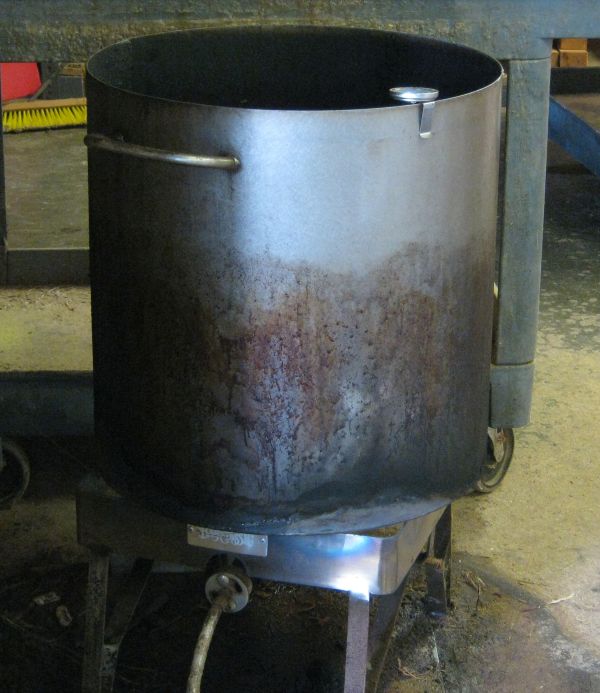Blog
Recent Posts
My very first blog post.
Posted by on
Okay, this is new to me, I have never written a blog before. All the Ecommerce gurus say that I need to have a blog. What in Heck do I write about? Wood, I guess, since all you folks, my customers, are Wood-Turners or Wood Workers.
I will also use this venue to hopefully answer some of the questions we get. One of the most common questions we get is: How do I get the wax off of my blank before I turn it? Before we talk about getting it off, I guess we need to talk about getting it onto the wood.
Back in 2002 when I first started in this business of selling wood blanks, we were using AnchorSeal to coat the blanks. AnchorSeal was developed for loggers to paint the ends of freshly-cut logs to slow down any cracking of the logs. It turned out that this was a totally unsatisfactory solution for dealing with our turning stock. We were losing over 30% of our stock to cracking that was serious enough that the blanks were unusable. Its not good to have a blank fly apart on the lathe as you are turning it! I think all of us have experienced a blank flying off or at least getting crammed up on the lathe, you know how exciting that can be, or is it terrorizing? So in our search for another method to keep our loss to a minimum and give you a safer piece of turning stock, someone suggested that we try Paraffin Wax.
After a lot of research and testing we found a wax that is clear, no coloring or scents. Lots of paraffin is sold to candle makers but that does not have the right qualities for our purpose. Next was learning how best to apply the wax, we tried painting it on the blanks, and we still do that to blanks that are too large to fit in our wax vat, or when we want to only paint a cut surface of a natural edge blank. We don't want the wax on the bark that you want to use to highlight your turning. What we discovered is what works best for us is a propane burner, commonly called a turkey cooker. We found a heavy-duty stand/burner that is sturdy enough to handle the constant jostling that we put it through. Next up was the kettle. We burned through the aluminum kettle that came with the cooker within months. We have to heat and maintain the wax at approx. 275 degrees to flow and dry almost instantly when we dip the wood blocks. We went to the Kitchen supply store and bought a heavy duty stock pot. It was about 16" in diameter and would allow us to dip a block up to 12" x 5". That pot lasted a couple of years. At $100 per pot, we wanted something that would last us longer. We found a local company that builds commercial kitchen equipment and they built us a stainless steel pot 18" in diameter and 20" deep. It will hold about 60 pounds of wax with enough headspace to not overflow when we dipped a large blank into it. That kettle has lasted us for 6-7 years so far.
Next blog, we will deal with dealing with Paraffin.

 Loading... Please wait...
Loading... Please wait...
